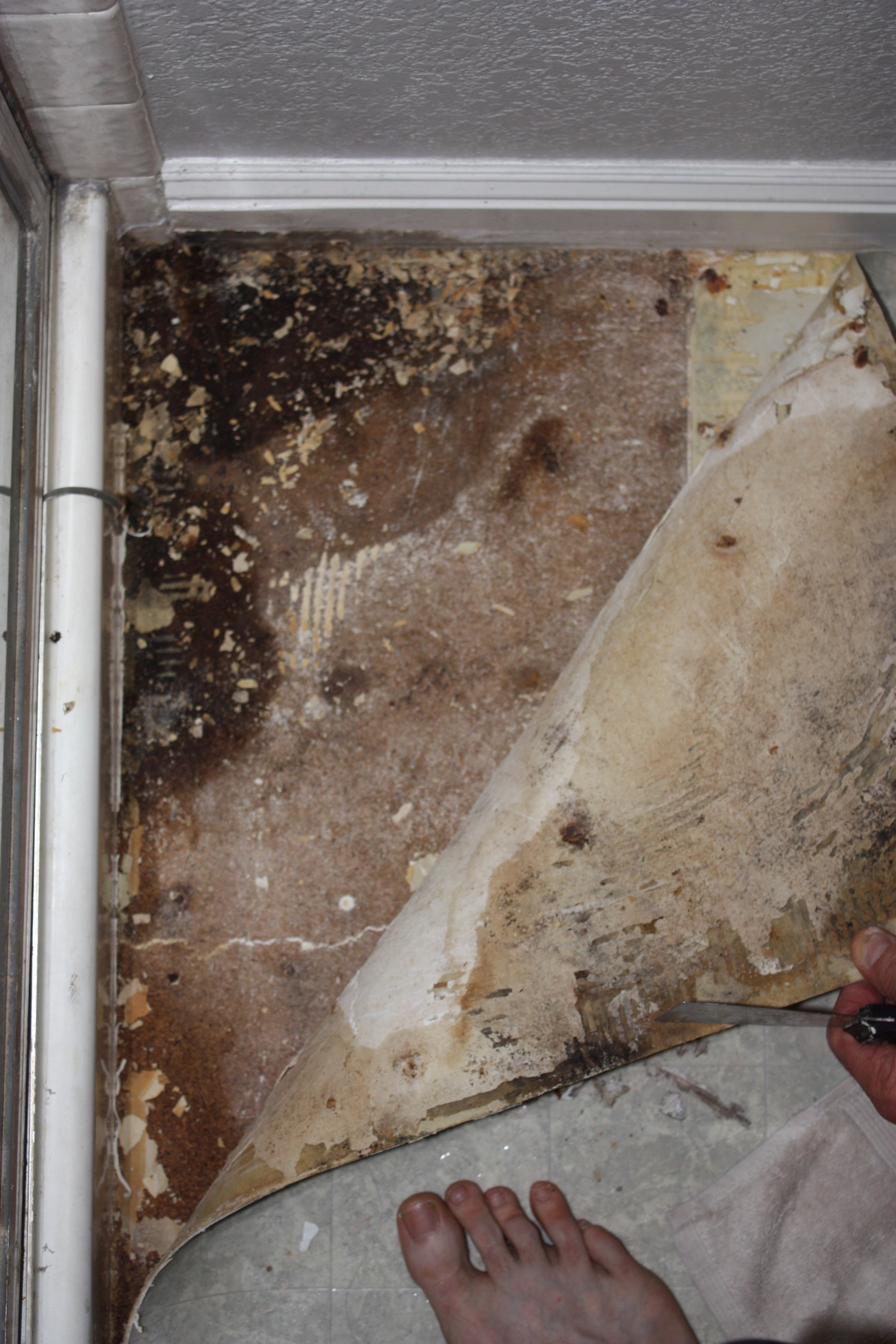Exactly how to Prevent a Water Damaged Bathroom
Exactly how to Prevent a Water Damaged Bathroom
Blog Article
Just how do you actually feel about How to Fix a Water Damage Bathroom?

The shower room is incredibly vulnerable for wet build-up as well as potential water damages because of the frequent use of water in it. This write-up uses easy inspection strategies to help detecting water damages risks.
The frequent use water in the shower room makes it exceptionally prone for damp accumulation as well as potential water damages. By checking it routinely, you can lower water associated damages.
The complying with set of examinations is easy to execute and need to be done once in every 3 months in order to keep your washroom in good shape and also to prevent possible water damages brought on by the tub, the shower, pipeline joints and plumbing, sinks, closets, as well as the commode
Do not overlook performing these assessments and be complete while performing them. Bear in mind that these simple assessments can save you a lot of cash by providing very early indications for water damage
Bath tub and Shower
The shower as well as bathtub need unique attention as well as upkeep. Check the ceramic tiles and also replace if split. Make sure that there is no missing cement between the ceramic tiles. Evaluate and replace fractured caulking at joints where the walls satisfy the flooring or the bath tub. Clogged drains and also pipes issues will stop the bathtub from drying and also may suggest serious issues under the bathtub. Talk to a professional right away to stop structural damages. Take notice of discolorations or soft areas around the bath tub wall surfaces as they may suggest an inner leak.
Plumbing
Signs for water damages are tough to detect because a lot of pipelines are installed inside the walls.
Pay unique focus to flooring as well as wall surfaces dampness and stains as they might show an invisible plumbing problem. Examine moisture degrees in adjacent rooms also.
Sinks and also Cabinets
Sinks and cupboards are revealed to moisture as well as humidity everyday and also are frequently ignored. Evaluate routinely under the sink as well as on the kitchen counter over it. Repair any type of drip in the catch as it might suggest drain issues. Check out the sink, slow-moving draining pipes may suggest an obstructed drainpipe. Replace sink seals if they are broken or loose.
The Bathroom
The commode is a vulnerable water junction. Inspect the water lines as well as look for leakages around the toilet seat, in the hose pipe, as well as under the water storage tank. If you identify any kind of signs of moisture on the floor around the bathroom, look for leakages in the toilet edge and also tank seals.
Be aware that hanging toilet bowl deodorants boosts the possibilities for obstructions.
TIPS TO PREVENT WATER DAMAGE IN THE BATHROOM
The average household uses approximately 80-100 gallons of water per person per day. For a family of 4, that's almost 2,500 gallons of water a week! The largest portion of this consumption comes from bathroom use. Flushing the toilet uses the most water, followed by taking a shower or bath. With that much water running through the home, water damage in the bathroom is bound to happen. Knowing how to spot signs of a water leak is essential to preventing long-term damage. This guide provides you with tips to reduce the impact of water damage on your bathroom.
CAUSES OF BATHROOM WATER DAMAGE
Pipe breaks are the most common cause of water damage we see in our daily jobs. The age of a pipe plays a large role in a pipe break as well as corrosion. Over time, the metal begins to break down, allowing water to escape. Frozen pipe breaks are also a concern in the winter months. Toilet overflows caused by paper products or children flushing inappropriate items. Degraded caulking around the toilet or bathtub can allow water seepage, sometimes behind the fixture, into the subfloor or walls. Condensation forms when the water in a pipe is cooler than the air temperature. Beads of water form on the exterior of the pipes, sometimes so much so that the water begins to drip and pool below. Sink or shower backups created by poor drainage. HOW TO PREVENT WATER DAMAGE IN YOUR BATHROOM
Inspect your toilet supply line for worn or frayed hoses and replace them as needed. Winterize your plumbing to prevent a frozen pipe break. Use vent fans to prevent condensation that can lead to mold growth. Routinely check and replace degraded caulking around your toilet or bathtub. Increase the temperature in your toilet tank and insulate your pipes during the warm summer months to keep condensation from forming. Use child safety locks on the toilets. Flush only toilet paper. "Flushable" wet wipes are actually not good for your plumbing system. Additionally, feminine hygiene products should not be flushed. Prevent water from escaping the tub or shower. Make sure shower curtains are in good condition. Inspect shower doors and replace the seal strip if necessary. Wipe up any water that accumulates on the floor and use bath mats. Water left to sit can cause damage to the tiles and flooring. Refrain from using bath products containing heavy oils to avoid a clogged drain.

Do you really like reading up on How to Prevent Bathroom Water Damage? Make a remark below. We'd be pleased to listen to your feelings about this content. Hoping that you visit us again later on. Sharing is nice. Helping others is fun. I love reading our article about Looking for Signs of Water Damage in the Bathroom.
Request Your Service Report this page